[ENG]
There are many cities in the world that in the minds of people are clearly associated with some architectural object. And there are many couples such as Paris and the Eiffel Tower, Rio de Janeiro and the Statue of Christ the Redeemer, or Katowice and the Saucer, but in my opinion the most inseparable pair is Porto, the Dom Luís I bridge.
[PL]
Na świecie jest wiele miast które w świadomości ludzi kojarzą się jednoznacznie z jakimś obiektem architektury. I takich par jak Paryż i wieża Eiffla, Rio de Janeiro i Pomnik Chrystusa Odkupiciela, czy Katowice i Spodek jest wiele, ale w mojej ocenie najbardziej nierozerwalna para jest Porto most Dom Luís I.
[ENG]
It is a steel bridge built in the years 1881-1886 with a structure of an arched bridge with two floors. The upper level is intended for the movement of metro carriages and pedestrians. And from it there is an amazing view of the lost part of the city of Porto. The lower tier of the bridge is intended for car traffic, but also for pedestrians from Porto to the wine town of Vila Nova de Gaia on the other side of the Douro River. The total length of the bridge is 385.25 meters, which at the time of putting it into use made it the longest steel arch bridge in the world. The bridge was designed by Mr. Teófilo Seyrig, who worked in the then famous architectural office Gustav Eiffel. An interesting fact is that in Porto, just a kilometer to the east, there is another twin-like Maria Pia bridge. The only difference is that it is a slightly older railway bridge and does not have a lower floor, otherwise it is almost identical.
[PL]
Jest to stalowy most budowany w latach 1881 -1886 o konstrukcji mostu łukowego z dwoma kondygnacjami. Górny poziom przeznaczony jest dla ruchu wagonów metra oraz dla ruchu pieszego. I rozpościera się z niego niesamowity widok na stratą cześć miasta Porto. Dolna kondygnacja mostu przeznaczana jest ruchu samochodowego, ale również dla pieszych przechodzących z Porto do winiarskiego miasta Vila Nova de Gaia położonego po drugiej stronie rzeki Douro. Całkowita długośc mostu wynosi 385,25 metrów co w momencie oddania do użytkowania czyniło go najdłuższym stalowym mostem łukowym na świecie. Most został zaprojektowany przez pana Teófilo Seyrig, który pracował w słynnym wówczas biurze architektonicznym Gustava Eiffla. Ciekawostką jest, że w Porto zaledwie kilometr na wschód znajduje się jeszcze jeden bliźniaczo podobny most Maria Pia. Różni się on tylko tym, że jest trochę starszym mostem kolejowym i nie posiada dolnej kondygnacji, poza tym jest niemal identyczny.
[ENG]
But was Luis the First Bridge the first one to be found in this place? Not! Even 72 years before the construction of the Luis I Bridge was started, there was the Ponte das Barcas bridge in this area, i.e. a barge bridge made of 20 boats permanently connected with each other by iron rods. However, the history of this first bridge was short and tragic. Only three years after the opening of the bridge, the city of Porto was invaded by the Napoleonic army. The city's population, fearing for their lives, wanted to flee the attacked Porto and cross the bridge to the other, seemingly safe, side of the Douro River. Unfortunately, the structure of the shoulder bridge, under the pressure of the escaping crowd, did not survive and collapsed, resulting in the death of 4,000 people.
[PL]
Ale czy most Luisa Pierwszego był pierwszym mostem który znajdował się w tym miejscu? Nie! Jeszcze 72 lata przed rozpoczęciem budowy mostu Luisa Pierwszego znajdował się w tej okolicy most Ponte das Barcas, czyli most barkowy zbudowany z 20 łodzi trwale połączonych ze sobą żelaznymi prętami. Jednak historia tego pierwszego mostu była krótka i tragiczna. Zaledwie trzy lata po otwarciu mostu miasto Porto uległo najazdowi armii napoleońskiej. Ludność miasta bojąca się o swoje życie chciała uciec z atakowanego Porto i po moście przedostać się na drugą, zdawałoby się bezpieczną, stronę rzeki Douro. Niestety konstrukcja mostu barkowego pod naporem uciekającego tłumu nie wytrzymała i zawaliła się pociągając za sobą śmierć 4 tysięcy ludzi.
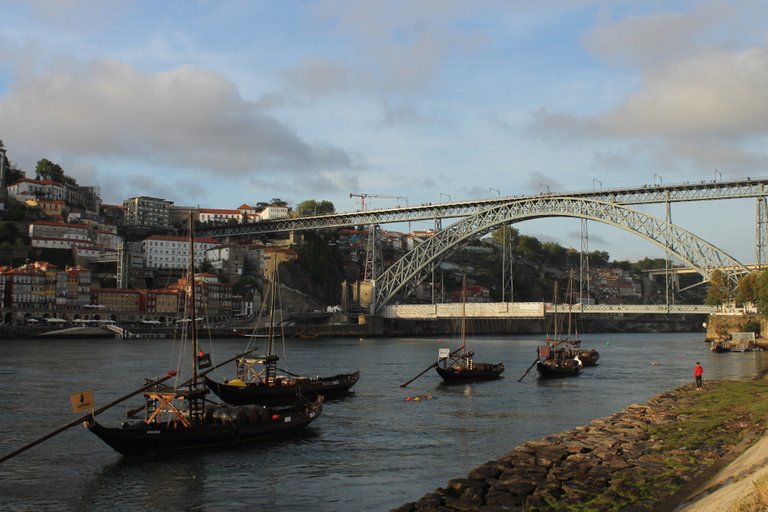
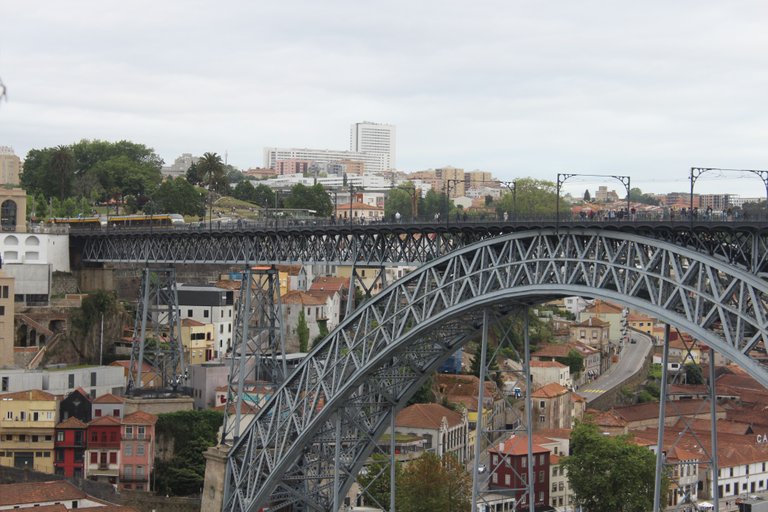
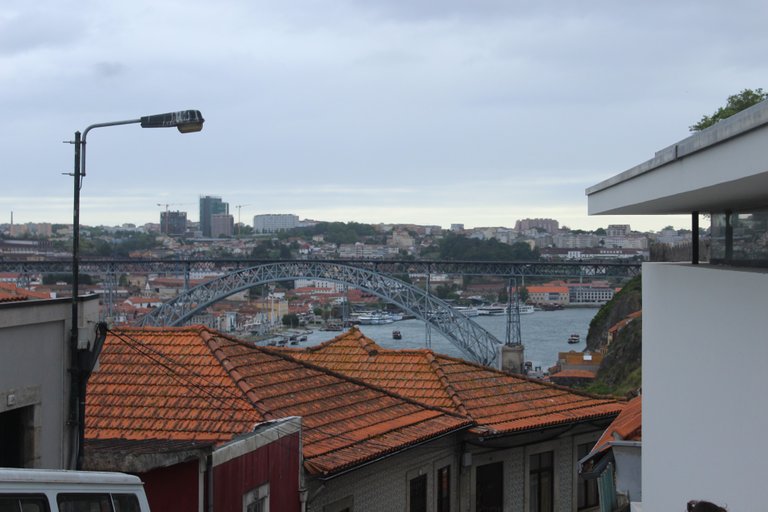
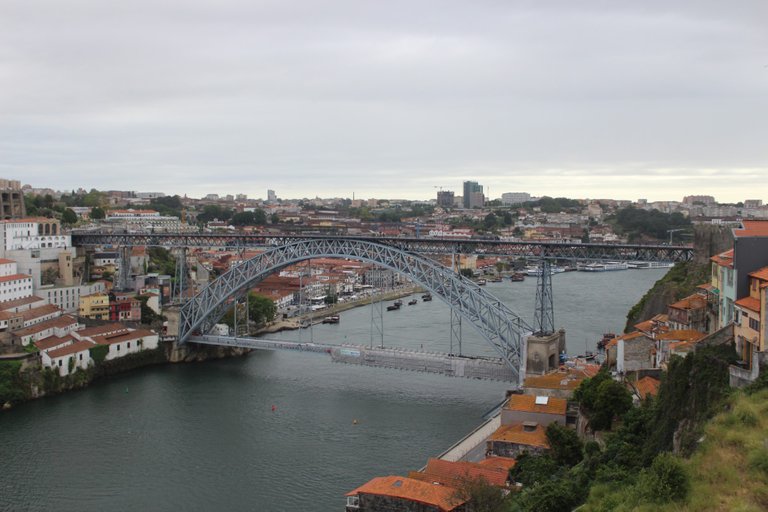
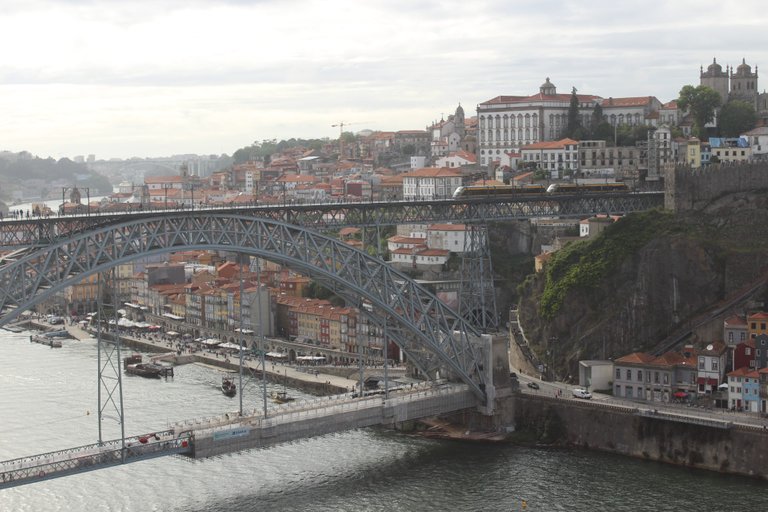
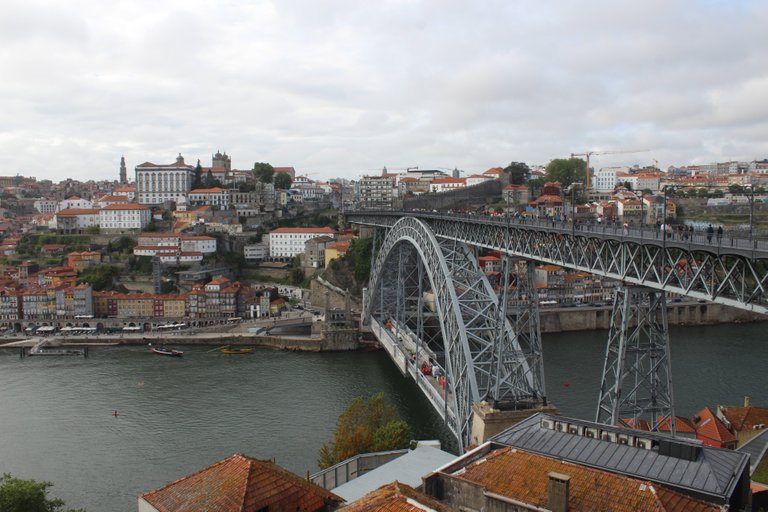
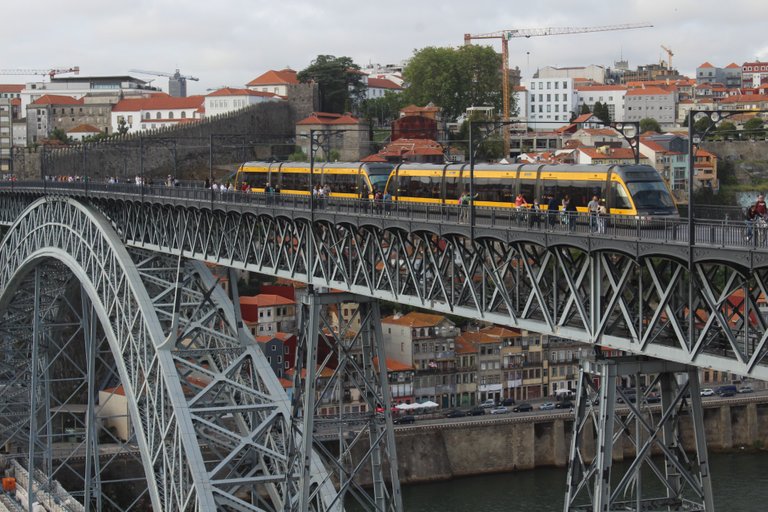

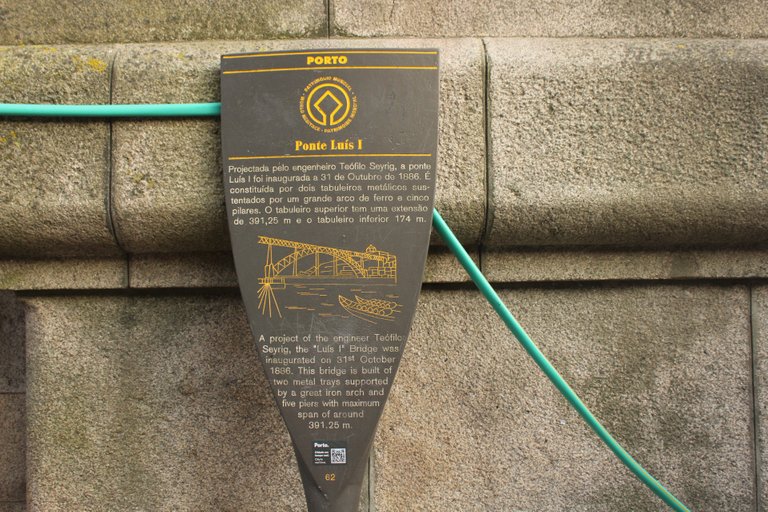
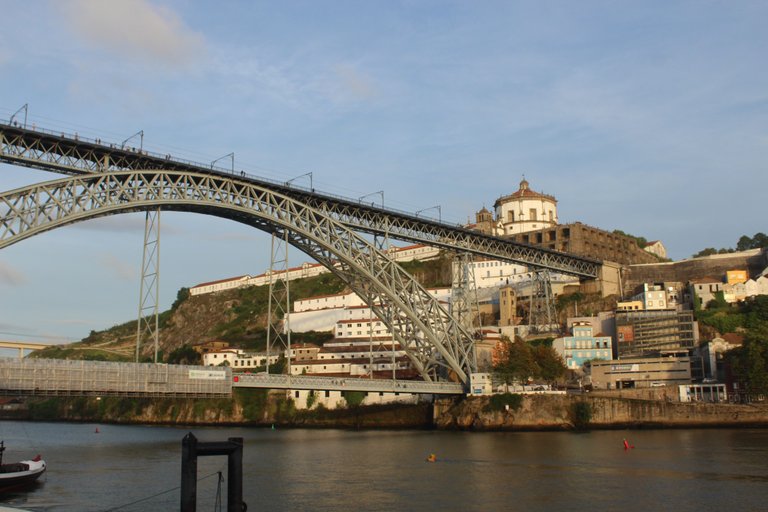
Congratulations, your post has been added to Pinmapple! 🎉🥳🍍
Did you know you have your own profile map?
And every post has their own map too!
Want to have your post on the map too?
Hiya, @LivingUKTaiwan here, just swinging by to let you know that this post made it into our Honorable Mentions in Daily Travel Digest #1571.
Your post has been manually curated by the @pinmapple team. If you like what we're doing, please drop by to check out all the rest of today's great posts and consider supporting other authors like yourself and us so we can keep the project going!
Become part of our travel community:
Congratulations @olusiu! You received the biggest smile and some love from TravelFeed! Keep up the amazing blog. 😍 Your post was also chosen as top pick of the day and is now featured on the TravelFeed.io front page.
Thanks for using TravelFeed!
@smeralda (TravelFeed team)
PS: TravelFeed is in social media to reach more people, follow us on Facebook, Instagram, and Twitter.